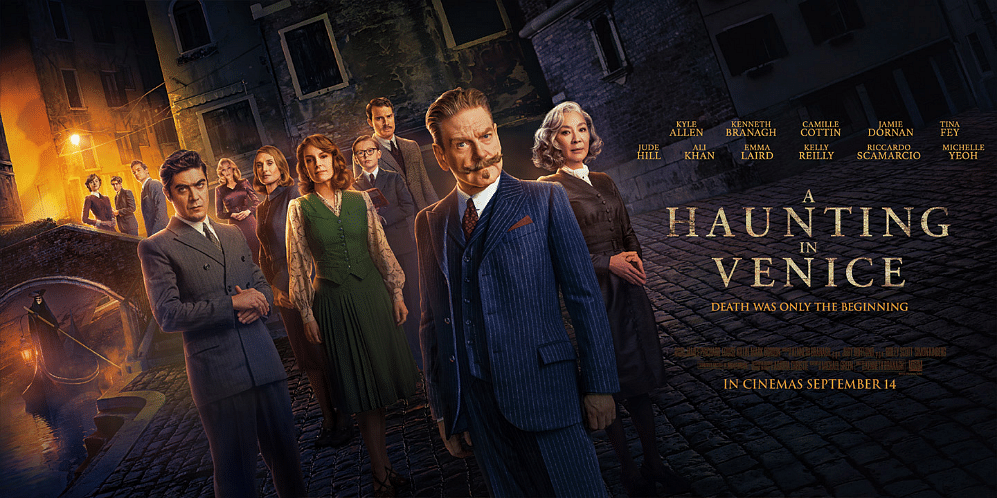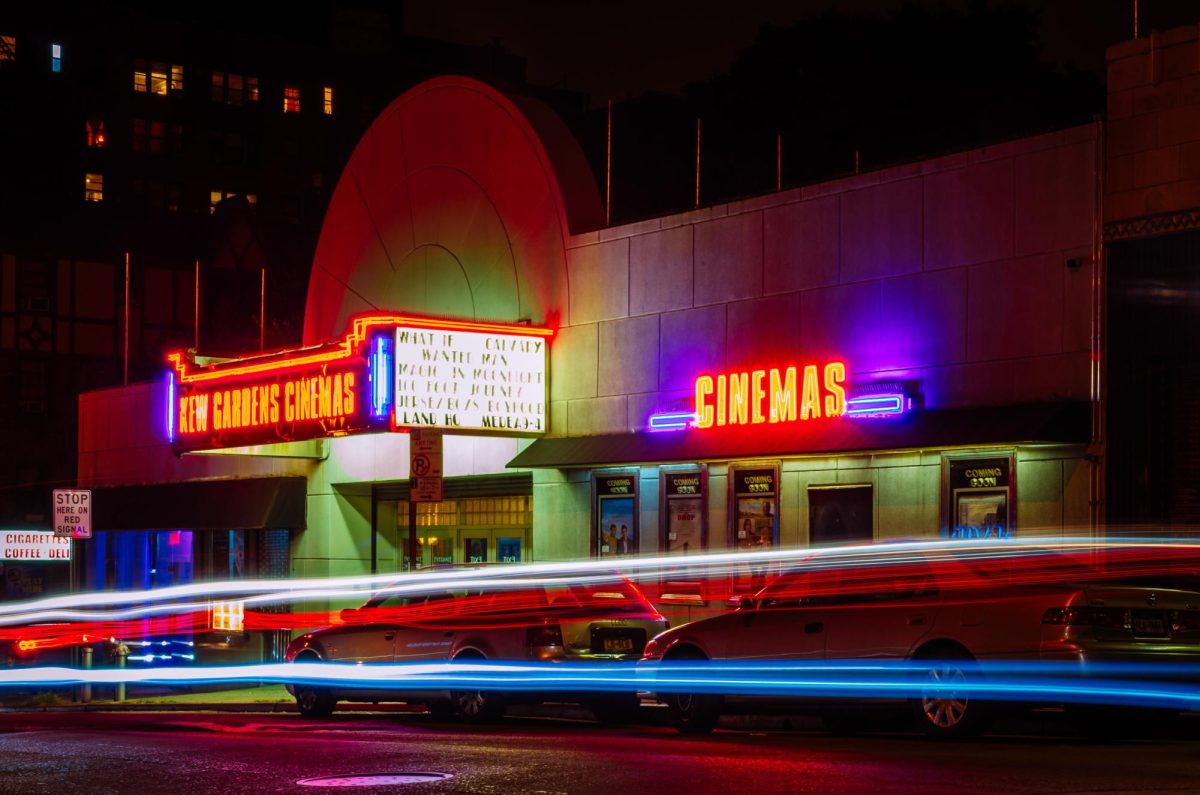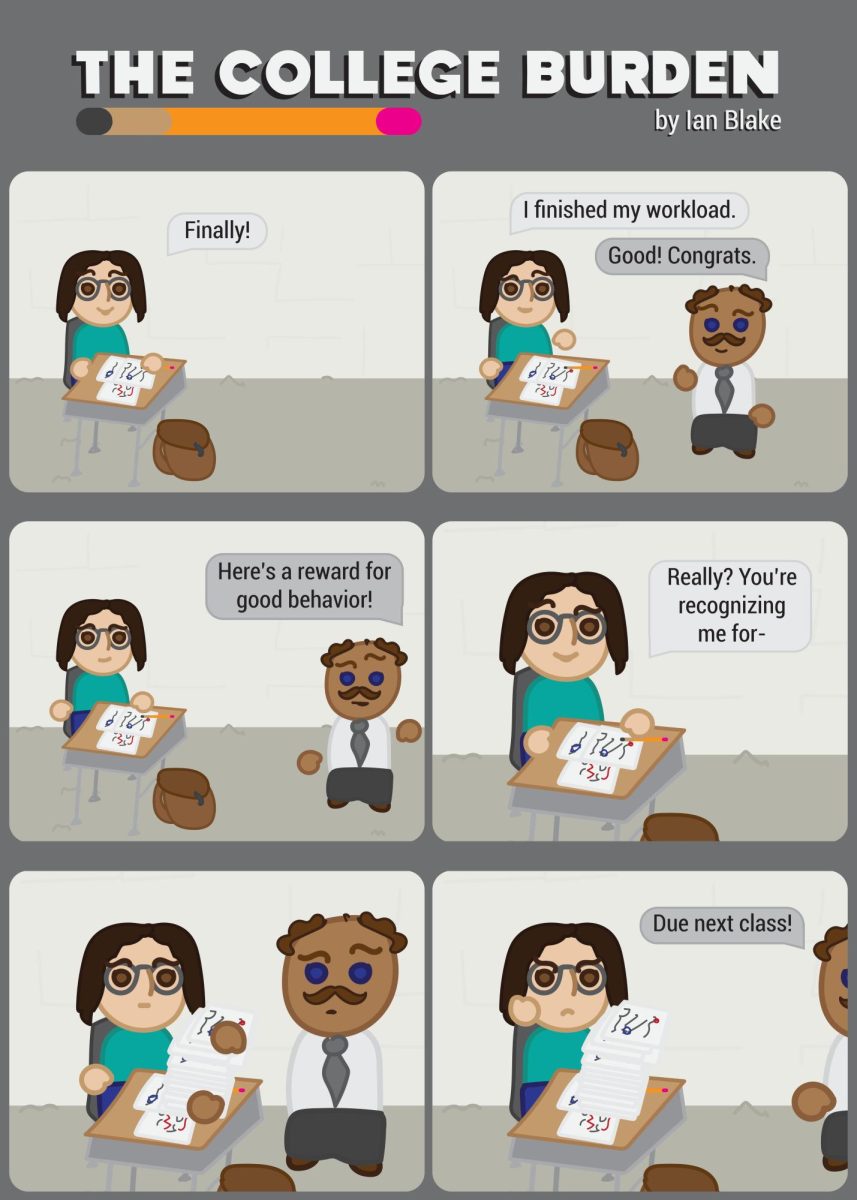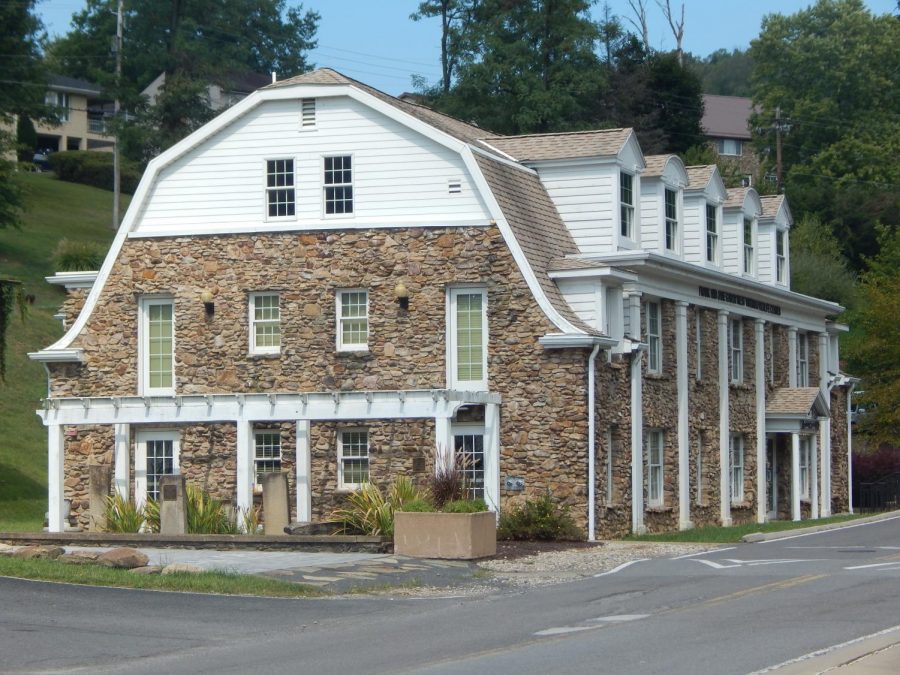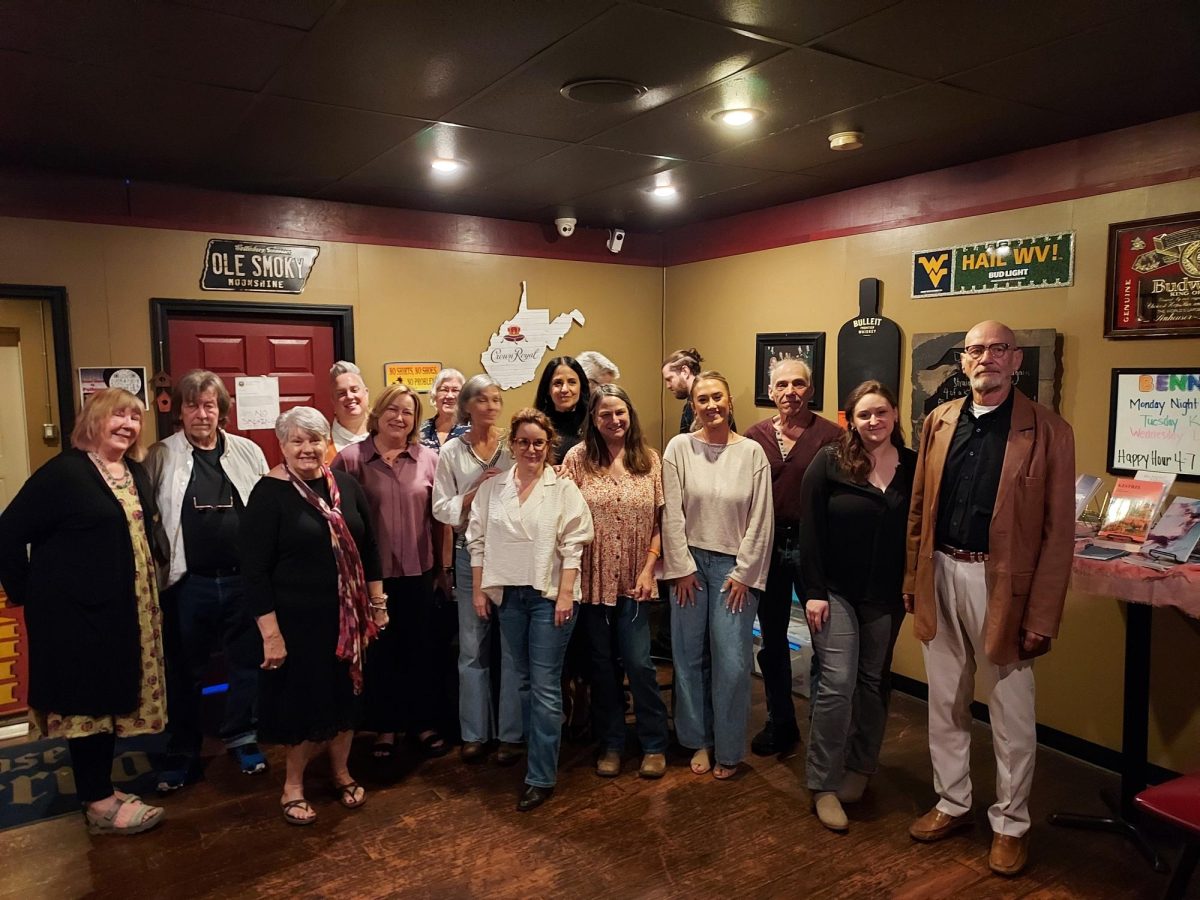Kenneth Branagh returns as Agatha Christie’s famed Belgian detective Hercule Poirot in A Haunting in Venice, a spooky supernatural thriller set in an Italian palazzo seemingly haunted by ghosts old and new—but don’t worry, it’s not too scary for the non-horror fans out there. The core of the story is still a murder mystery. In this latest installment, a bizarre new case brings the quirky, pastry-loving detective out of an attempt at retirement in glamorous Venice amid sinister happenings.
The film was also directed and produced by the lead actor Kenneth Branagh, with a screenplay by Micheal Green. While this paranormal tale follows Murder on the Orient Express and Death on the Nile in Branagh’s Hercule Poirot series, the films are all essentially standalone and can be watched in any order.
The film begins with the world-renowned detective Hercule Poirot attempting to retire in Venice, avoiding any new cases, with the help of his bodyguard, the former Venetian police officer, Vitale Portfoglio (Riccardo Scamarcio). That is, until Poirot’s old friend, the famous mystery novelist Ariadne Oliver (Tina Fey) arrives to invite him to a Halloween party and a séance at the palazzo of Rowena Drake (Kelly Reilly). Rowena, a retired opera singer seeks to contact the spirit of her daughter Alicia (Rowan Robinson), who was mentally ill and appears to have committed suicide. The séance is conducted by self-proclaimed psychic Joyce Reynolds (Michelle Yeoh), whom Ariadne cannot prove is a fraud; thus, she enlists Poirot’s help. Also present are Olga Seminoff (Camille Cotton), Rowena’s superstitious housekeeper; Alicia’s doctor, Leslie Ferrier, who has post-traumatic stress disorder from serving in the war; his young son Leopold (Jude Hill), who claims to be able to hear the ghosts that haunt the palazzo and an uninvited guest who arrives at the last minute, Maxime Gerard (Kyle Allen).
The séance produces unexpected results, and soon after, guests turn up murdered one by one while the terrible storm outside prevents anyone from leaving through the Venetian canals. Are those killed the victims of disturbed spirits out for revenge or a human assassin?
A Haunting in Venice is loosely based on Agatha Christie’s novel A Hallowe’en Party, relying on the source material even less than the previous two movies, creating an entirely different mystery. Most prominently, the setting is changed from a run-of-the-mill English village in Hallowe’en Party to far-flung and sophisticated post-war Venice. Furthermore, the creative team made the very understandable decision to alter the murder victims who were children in the novel to adults in the film. While the methods of dispatching the victims remain similar, the twists, clues, and motivations of the genuine killer are reinvented.
Additionally, the movie cranks up the paranormal aspect by featuring a séance with an allegedly real psychic and sightings of what at first appear to be genuine ghosts—both of which the skeptic Poirot seeks to disprove, though even he begins to find himself affected by the palazzo, which according to local legend is cursed by the vengeful ghosts of orphaned children locked inside and left to die during the great plague.
Overall, the movie is fun, eerie, and clever. The mystery is solvable before the end of the show if one pays close attention. In fact, the essential clues are telegraphed rather openly, and the movie relies on fast-paced action, character drama, and the possibility of real ghosts to distract the audience. The movie with all its shocking reveals and occasional jump scares, flies by so quickly it feels more like an episode of a television show, which is not a negative.
If you love murder mysteries and are ready to get spooky, check out A Haunting in Venice and see if you can catch the killer before the credits roll.
